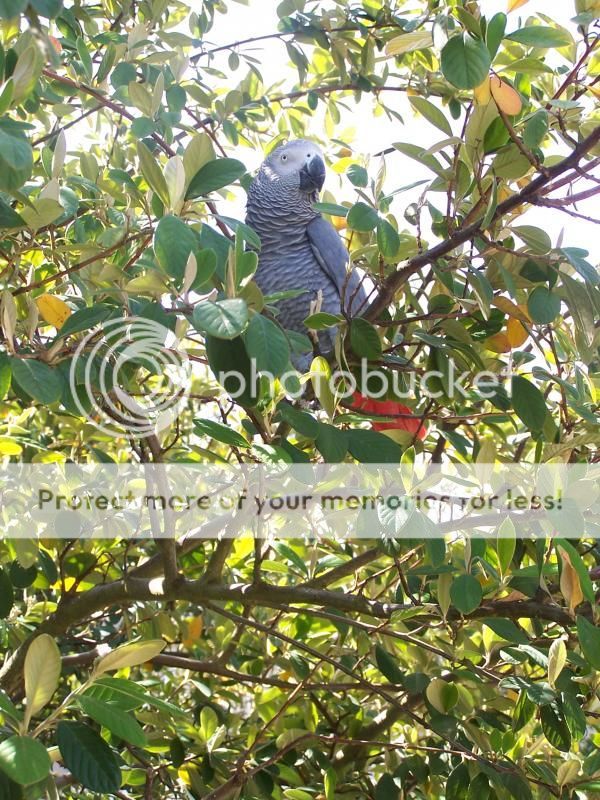Birdman666
Well-known member
- Sep 18, 2013
- 9,904
- 258
- Parrots
-
Presently have six Greenwing Macaw (17 yo), Red Fronted Macaw (12 yo), Red Lored Amazon (17 y.o.), Lilac Crowned Amazon (about 43 y.o.) and a Congo African Grey (11 y.o.)
Panama Amazon (1 Y.O.)


